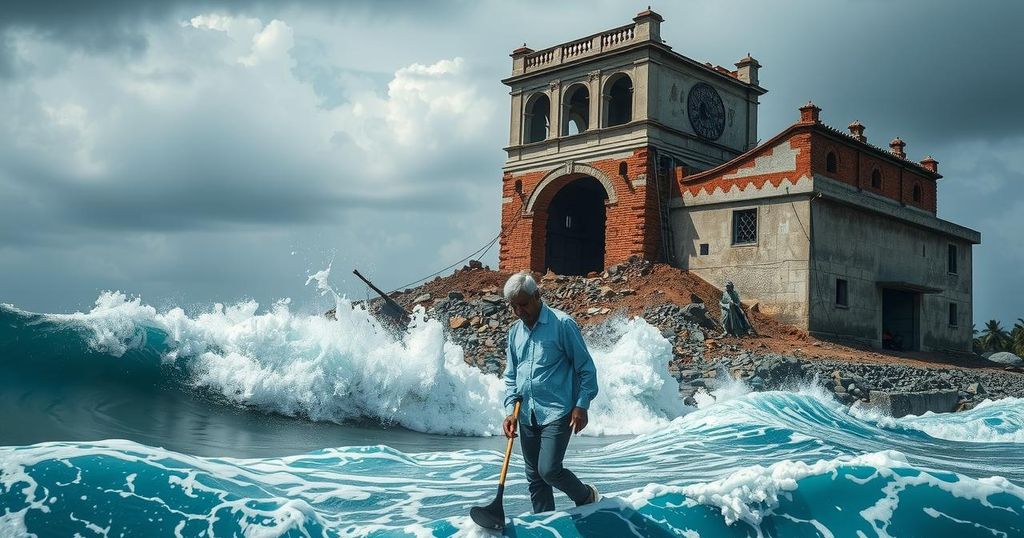The Impact of Historical Earthquakes and Tsunamis on Coastal Communities

This article reviews significant earthquakes and tsunamis, notably the 1908 Messina disaster and the 2004 Indian Ocean tsunami, emphasizing their catastrophic impacts and the global response to such tragedies. It highlights ongoing challenges faced by coastal communities in anticipating and responding to seismic activities, particularly during the holiday season.
On December 28, 1908, a catastrophic earthquake struck the Italian cities of Messina and Reggio Calabria, resulting in widespread devastation and an estimated death toll exceeding 70,000 individuals. Measuring 7.1 on the Richter scale, this earthquake remains the deadliest in European history. The global response to the disaster was swift, with prominent publications such as the Deseret News highlighting the calamity during that period.
Additionally, on December 26, 2004, a 9.1-magnitude earthquake below the Indian Ocean sparked a devastating tsunami that produced waves reaching 100 feet in height, claiming approximately 230,000 lives. More recently, on March 11, 2011, Japan experienced its own tragedy when a tsunami, traveling at speeds nearing 500 miles per hour and featuring waves up to 10 meters high, resulted in over 18,000 fatalities.
The ongoing occurrence of earthquakes and resultant tsunamis poses significant challenges for communities located along coastlines. The holiday season’s timing exacerbates the misfortunes faced by those affected. To enhance public awareness and preparedness, several historical narratives have emerged, showcasing resilient responses from affected regions and the international community’s united efforts in providing assistance.
Prominent stories from the Deseret News archives provide insights into these events, capturing the experiences of individuals and communities before, during, and after such disasters.
Earthquakes accompanied by tsunamis have historically posed grave dangers to coastal populations, particularly evident in high-magnitude events in the early 20th century and the early 21st century. The 1908 Messina earthquake is often regarded as a pivotal disaster in European history due to its massive human toll and significant infrastructural damage. Similarly, the seismic activity in the Indian Ocean and subsequent tsunami in 2004 represented one of the worst natural disasters in recent history, underscoring the vulnerability of coastal regions to such phenomena. The tragedy is compounded when these events coincide with holiday celebrations, causing amplified grief and loss for affected families.
In conclusion, the historical record of devastating earthquakes and tsunamis illustrates the profound human and societal impacts of natural disasters. Events such as the 1908 Messina earthquake and the 2004 Indian Ocean tsunami serve as reminders of the necessity for effective warning systems and community preparedness. The legacy of these disasters continues to shape how we respond to such calamities and highlights the importance of global solidarity in times of crisis.
Original Source: www.deseret.com






